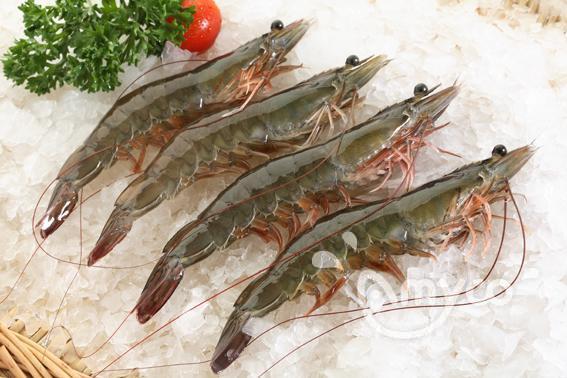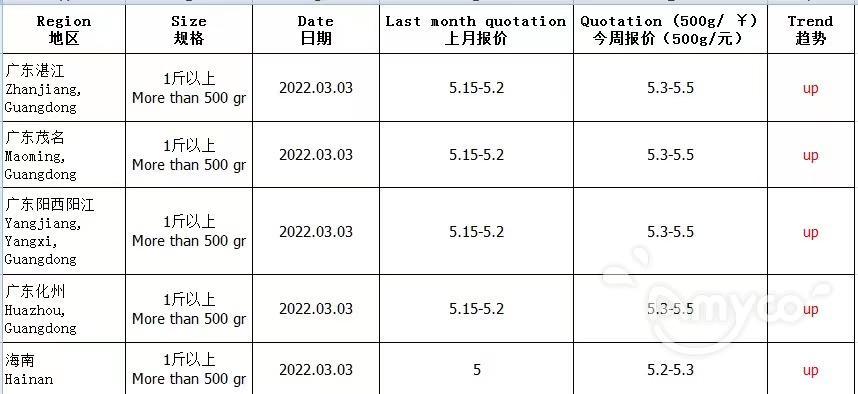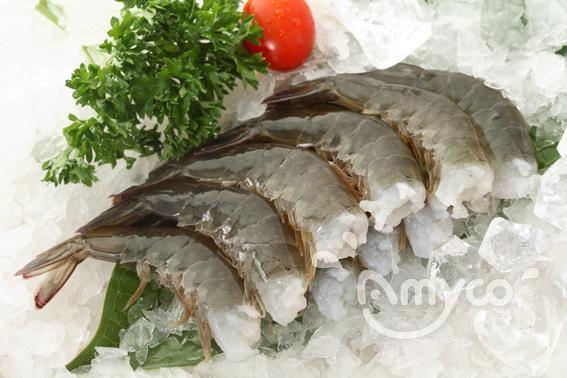China's salmon consumption growth imperiled by higher import prices - 翻译中...
Chinese consumers are facing soaring prices for imported salmon, and that may not be good for long-term market growth, according to Fan Xubing, head of the Beijing-based seafood marketing consultancy Seabridge.
Exports of fresh Norwegian Atlantic salmon to China increased 67 percent in value year-on-year between January and May 2022, even while dropping 11 percent in volume. That jump is part of a global surge in salmon prices as many global markets bounce back following years of COVID-19-related dining and public gathering restrictions, according to Andreas Thorud, the Norwegian Seafood Council’s representative in China.
“In addition, global developments outside the seafood industry, such as increased inflation and the war in Ukraine, have also contributed to higher food prices,” Thorud told SeafoodSource.
But Chinese consumer demand for salmon is now weakening, as the higher prices are stamping out any growth in salmon consumption, Fan said.
“In China, fresh salmon is 80 percent or more consumed in Japanese restaurants and the very strict control of COVID-19 in [the] first half [of] 2022 in China – especially in Shanghai, Beijing, Guangzhou and Shenzhen – restrained the demand for fresh salmon from the HORECA [hotel, restaurants, catering] segment in China,” he said. “This means Chinese consumers are forced to accept much higher salmon prices. Of course, consumers of fresh salmon are normally higher-income people and they [can] probably afford the high price for a while.”
In the long run, however, higher salmon prices in China will “destroy” healthy market demand for salmon “and consumers might shift to other species,” he said.
Fan told SeafoodSource he sees Chinese consumers shifting more and more to domestic seafood and cheaper imported seafood in 2021 and 2022. He suggested the NSC should focus on consumer education and explaining “what's the value of such high-priced salmon for Chinese consumers.”
More-expensive imports may be providing a boost to China’s limited domestic supply. Chinese salmon producer Gansu Wenxiang Ecological Fishery Co. reported a major bounceback in revenue in 2021 thanks to a reopening of the catering sector, according to the company’s latest financial report. Based in China’s northwest, the firm lifted its revenues by 338 percent in 2021 compared to 2020, while booking an annual profit of CNY 15.4 million (USD 2.25 million, EUR 2.1 million). Established in 2011, the company has an annual production capacity of 3,000 metric tons (MT) and has benefitted from governmental funding for rural poverty alleviation.
Another firm, Xinjiang Tianyun Organic Agriculture Co., which produces rainbow trout, had a “much-improved” year in 2021, the company’s CEO, Zhang Yuru, told SeafoodSource. The company benefitted from higher prices, Zhang said.
Fan said higher prices for imported salmon have helped local finfish aquaculture firms post positive results.
“When imported salmon prices rise, local farmed trout will replace part of the imported salmon position,” he said. “Another reason is in 2021, our government set restrictions on imported seafood and that gave local trout farmers a good opportunity.”
Continued lockdowns in Chinese cities have resulted in a dour economic forecast for China’s economy this year. In May, the investment bank Goldman Sachs lowered its projection for China’s GDP growth in 2022 to 4 percent, from 4.5 percent previously, and cut its projection for growth in the second quarter to 1.5 percent year-on-year from an earlier prediction of 4 percent.
In 2021, overall seafood consumption in China reached 68.8 million MT, up 2.3 percent year-on-year, but of that figure, only 29.6 percent went toward human food consumption. China’s overall seafood output, at 66.9 million MT, was up 2.2 percent year-on-year, with aquaculture production up 3.1 percent to 53.8 million MT.





